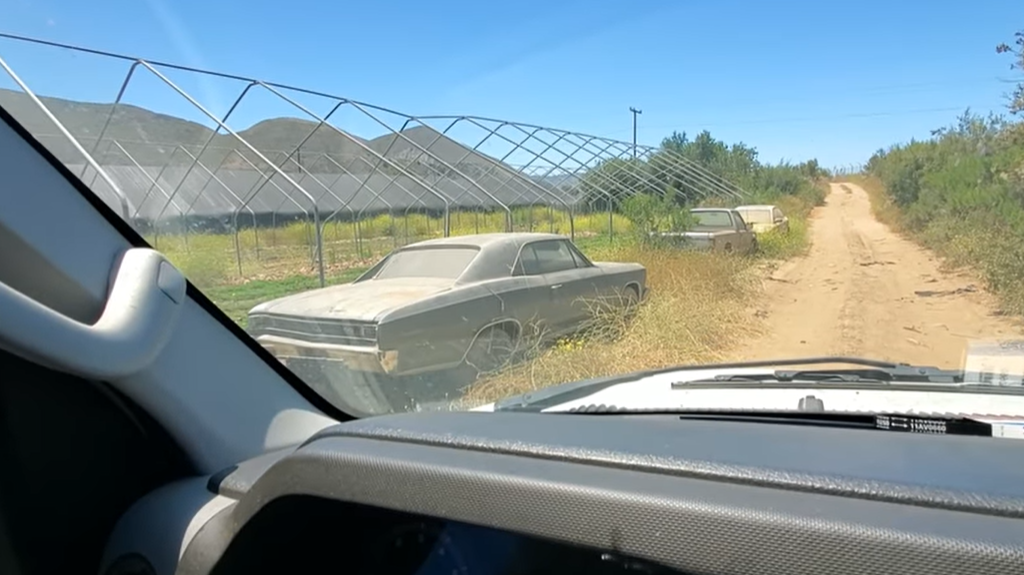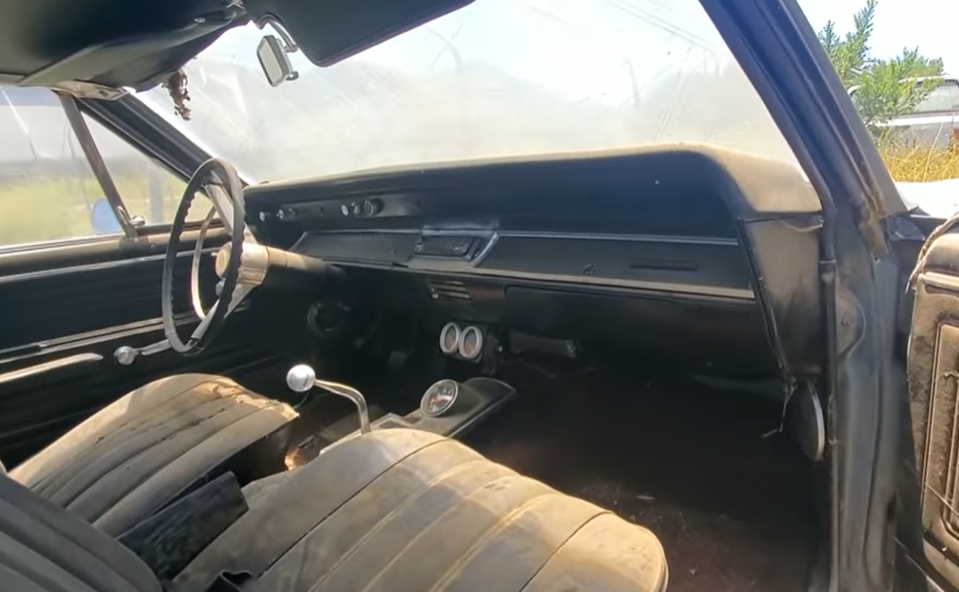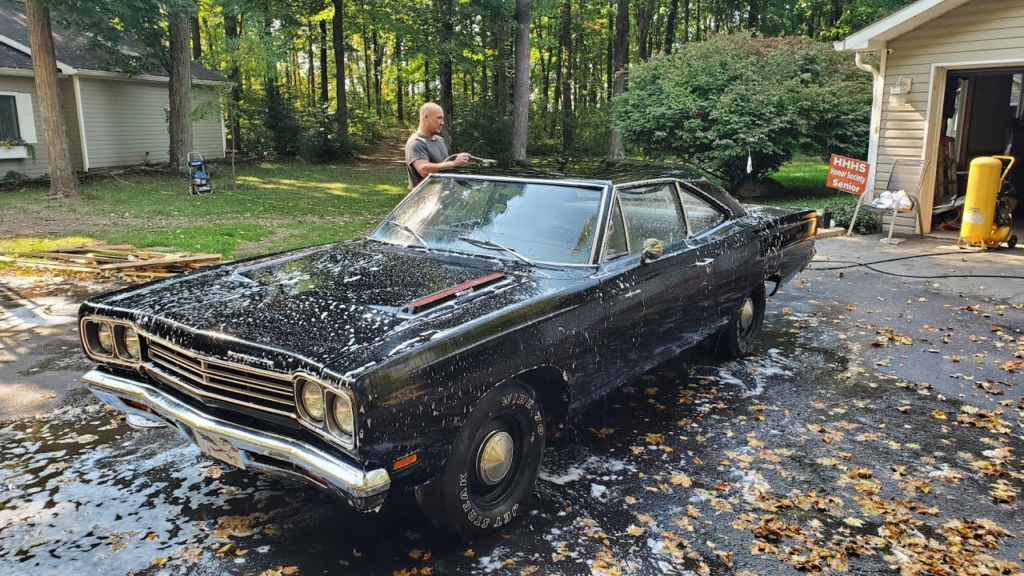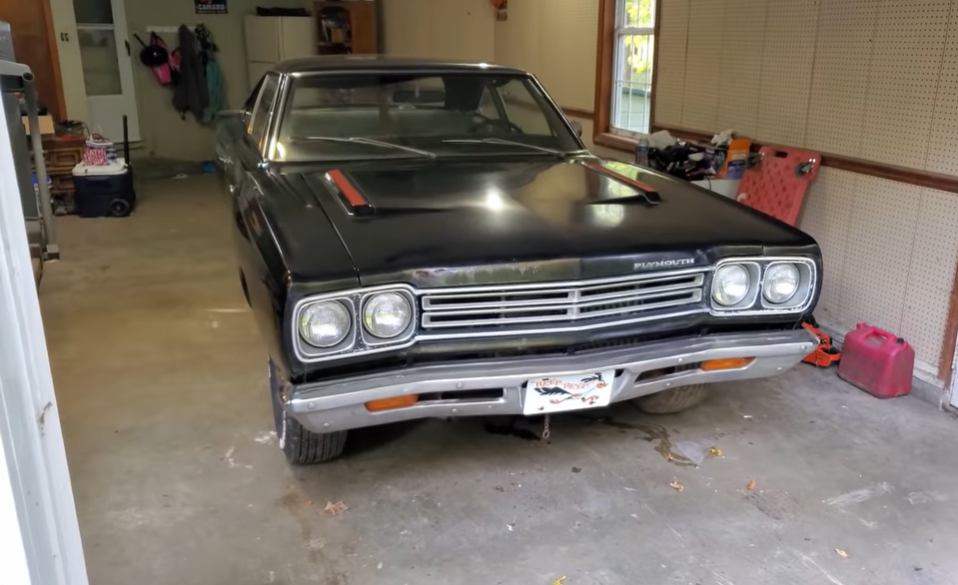Step back in time with the iconic 1960 Chevrolet Impala, a true classic that has been given a modern twist. This particular Impala is a resto-mod, combining the timeless design of the original with contemporary enhancements. With a new GM Crate Motor under the hood, upgraded wheels and brakes, and a few interior touches, this Impala is a stunning and cool car that captures the hearts of car enthusiasts. Let’s dive deeper into what makes this 1960 Impala a standout in the crowd.
A Resto-Mod Gem
The search for this 1960 Impala began in a barn, where it was discovered waiting to be revived. Although a new motor had to be installed, the GM Crate Motor with 350/290 horsepower now powers this beauty, ensuring a thrilling driving experience. The Impala sits on eye-catching 20×10 wheels in the back and 20×8 wheels up front, giving it an aggressive stance. To enhance performance and safety, Wildwood disc brakes have been added to provide improved stopping power.
Preserving the Original Charm
While this Impala has undergone some modern upgrades, it still retains its original interior, showcasing the classic charm of the 1960s. The interior has a vintage feel, with only two small tears in the original upholstery. The working original AM radio adds to the nostalgia, allowing you to enjoy the tunes of the era while cruising down the road. Despite its age, this Impala boasts a remarkable 51,000 original miles, a testament to its care and preservation over the years.
A Head-Turner with Character
Although the paint may not be flawless, this Impala exudes undeniable charisma that captures the attention of onlookers. The combination of classic design elements and modern upgrades makes it a truly unique resto-mod creation. Whether you’re driving it down the street or showcasing it at car events, this Impala is sure to be admired for its timeless beauty and undeniable coolness.
A Rebuild with Low Mileage
With just 1,000 miles since the rebuild, this 1960 Impala is practically fresh off the restoration. The attention to detail and the careful craftsmanship put into the rebuild ensure that it will provide a reliable and enjoyable driving experience for years to come. Whether you’re a collector or a vintage car enthusiast, this low-mileage Impala is an opportunity to own a piece of automotive history that has been revitalized and upgraded for the modern era.
Conclusion
The 1960 Chevrolet Impala resto-mod is a stunning blend of classic design and modern upgrades. With a new GM Crate Motor, upgraded wheels and brakes, and a preserved original interior, this Impala represents the best of both worlds. Its head-turning looks, combined with its cool and charismatic presence, make it a true gem in the world of classic cars. If you’re looking for a unique and captivating ride that seamlessly combines the past and the present, this 1960 Impala is the perfect choice.
FAQs
1. What type of motor does the 1960 Chevrolet Impala have?
The 1960 Impala is equipped with a new GM Crate Motor, providing 350/290 horsepower for an exhilarating driving experience.
2. What are the wheel sizes and brakes on this Impala?
The Impala features 20×10 wheels in the back and 20×8 wheels up front. It is equipped with Wildwood disc brakes for improved stopping power.
3. Does the Impala still have its original interior?
Yes, this Impala has preserved its original interior, showcasing the classic charm of the 1960s. There are only two small tears in the upholstery.
4. How many miles does this Impala have?
This 1960 Impala has an impressive 51,000 original miles, reflecting its well-maintained condition over the years.
5. How many miles have been driven since the rebuild?
Only 1,000 miles have been driven since the rebuild, ensuring a practically fresh restoration that is ready for many more enjoyable miles.








































